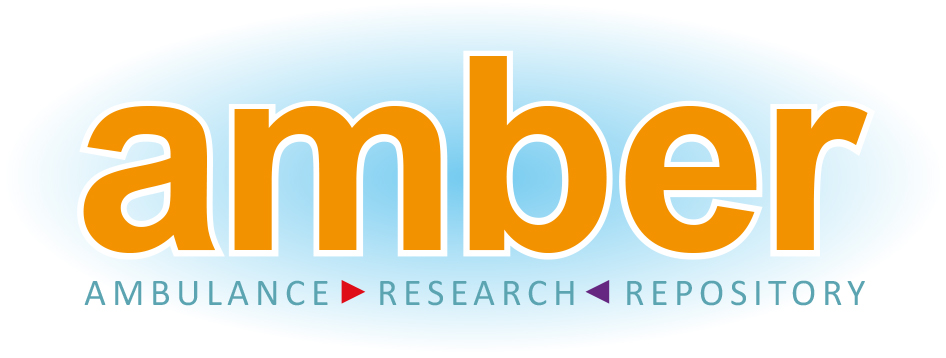Ambulance Research Repository
amber contains records of published research authored by staff working in NHS ambulance services in England, Wales, Scotland and Northern Ireland. amber is managed by the Library and Knowledge Services for NHS Ambulance Services in England [LKS ASE]. For more information see the About pages or contact LKS ASE. If you have any further questions about amber or our data please eMail library@nwas.nhs.uk.
Featured Items
Recent Submissions
Person Person Person Person Person
Communities in Ambulance Research Repository
Select a community to browse its collections.
